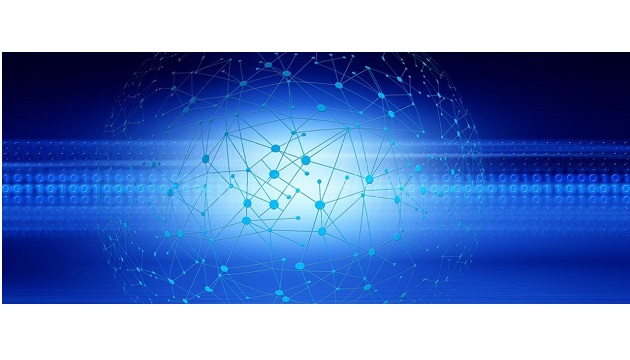A hybrid technology has been developed by researchers of Institute of the Eindhoven University of Technology (TU/e), showing the advantages of light and magnetic hard drives. Ultra-short (femtosecond) light pulses allows data to be directly written in a magnetic memory in a fast and highly energy-efficient way. Moreover, as soon as the information is written (and stored), it moves forward leaving space to empty memory domains to be filled in with new data.
The hard drives store the data in the dorm of bits, tiny magnetic domains with a North and a South Pole. The direction of these poles (magnetization), determines whether the bits contain a digital 0 or a 1. Writing the data is achieved by ‘switching’ the direction of the magnetization of the associated bits.
Synthetic ferrimagnets
Conventionally, the switching occurs when an external magnetic field is applied, which would force the direction of the poles either up (1) or down (0). Alternatively, switching can be achieved via the application of a short (femtosecond) laser pulse, which is called all-optical switching, and results in a more efficient and much faster storage of data.
Storing data a thousand times faster
Lalieu, under the guidance of Reinoud Lavrijsen and Bert Koopmans, was able to achieve all-optical switching in synthetic ferrimagnets, a material system highly suitable for spintronic data applications, using single femtosecond laser pulses, thus exploiting the high velocity of data writing and reduced energy consumption.
‘On-the-fly’ data writing
In addition, Lalieu integrated all-optical switching with the so-called racetrack memory, a magnetic wire through which the data, in the form of magnetic bits, is efficiently transported using an electrical current. In this system, magnetic bits are continuously written using light, and immediately transported along the wire by the electrical current, leaving space to empty magnetic bits and, thus, new data to be stored.
This research was performed on micrometric wires. In the future, smaller devices in the nanometer scale should be designed for better integration on chips. In addition, working towards the final integration of the photonic memory device, the Physics of Nanostructure group is currently also busy with the investigation on the read-out of the (magnetic) data, which can be done all-optically as well.








